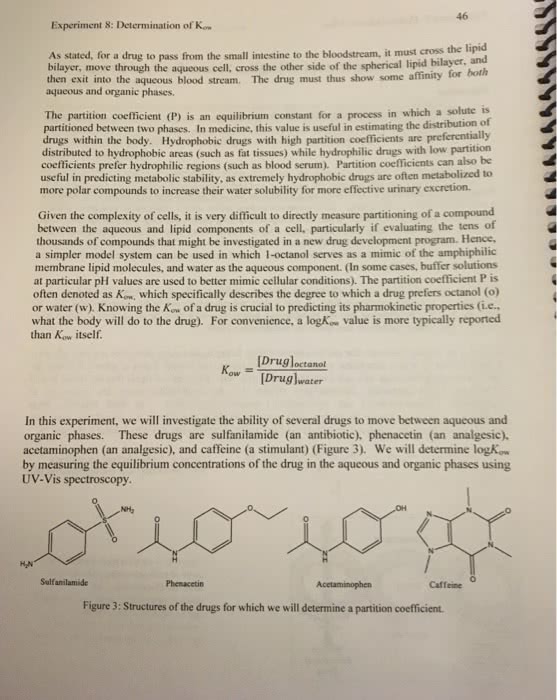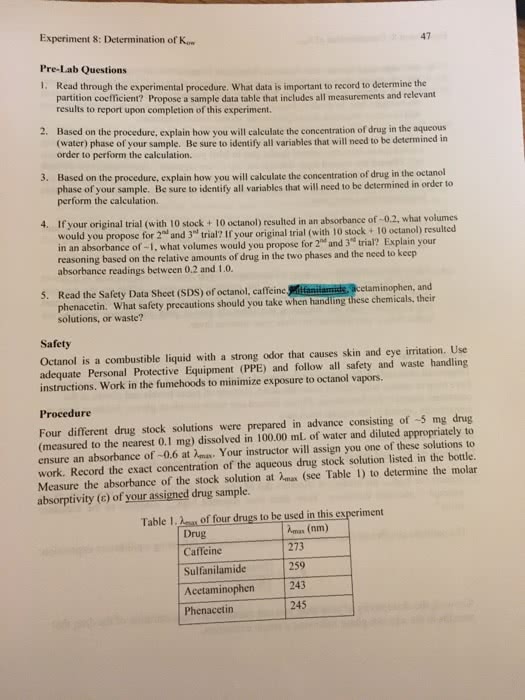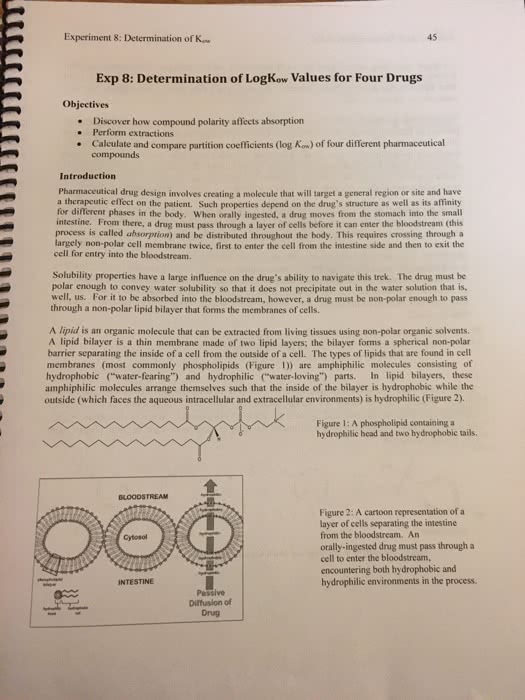CHE 310 Lecture 15: CHE310Toxicants
Document Summary
Ko(cid:449) is a measure of the relati(cid:448)e (cid:858)hydropho(cid:271)i(cid:272)ity(cid:859) of a mole(cid:272)ule. If a pollutant was more h20 soluble (low log kw) it would be able to leave the system easily (low bio concentration factor) The more non-polar the higher the kow. A molecule which has a large kow would not leave the system easily and therefore accumulate making it more toxic. Persistent organic pollutants (pops) are chemical substances that persist in the environment, bioaccumulate through the food web, and pose a risk of causing adverse effects to human health and the environment. They are resistant to photolytic, chemical or biological degradation. A pollutant is defined as persistent if there are nor processes (such as hydrolysis, photochemical reactions, microbial reactions) occurring in the environment that can convert the pollutant into less toxic species over a time of years. Examples of pops (12 of them) include: hexachlorobenzene, ddt,




